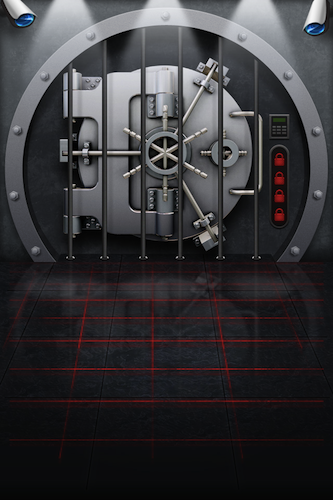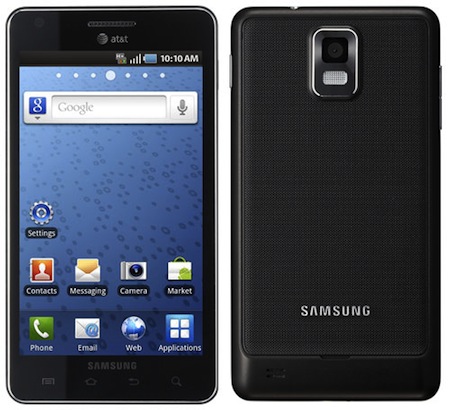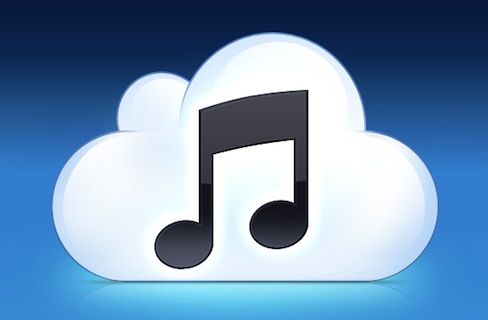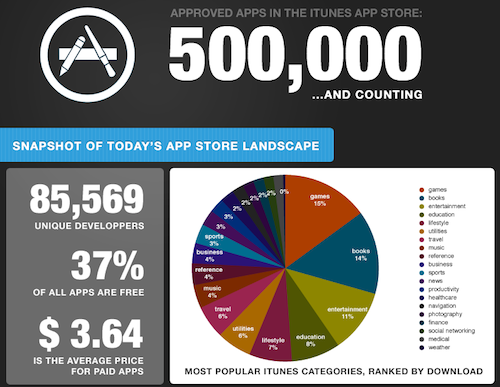MacHeist, the website that’s become popular among Mac users thanks to its app bundles, marketing tactics and online “missions” to complete to get access to free software and other gifts, has released today its first official iPhone game, called The Heist. Whilst there’s no official mention of a new MacHeist bundle in the app (but according to the rumors it will come soon, especially considering the latest refresh to the website’s homepage and multiple hints), the app features a “secret vault” you have to crack to earn a “valuable prize” that awaits you at the end – and we’re not saying what it is just yet to spoil all the fun.
To crack the vault and beat the game, in fact, you’ll have to solve 60 different puzzles organized in 4 types which, in pure MacHeist style, are intricate and complicated enough to keep you engaged for a good couple of hours. The game features Game Center integration with 19 achievements to earn, as well as lots of hints and easter eggs that remind us of a new MacHeist coming out sometime in the future. For instance, the tap tap tap developers managed to include a fake phone call from “Sophia” that totally mimics the Phone.app interface, letting you think that you’re getting an actual phone call from MacHeist. It’s all in the details.
You can download The Heist at $0.99 from the App Store. Check out more screenshots below. Read more









